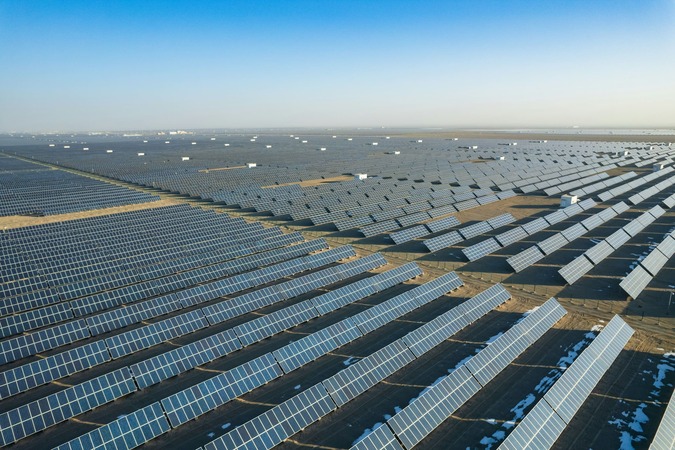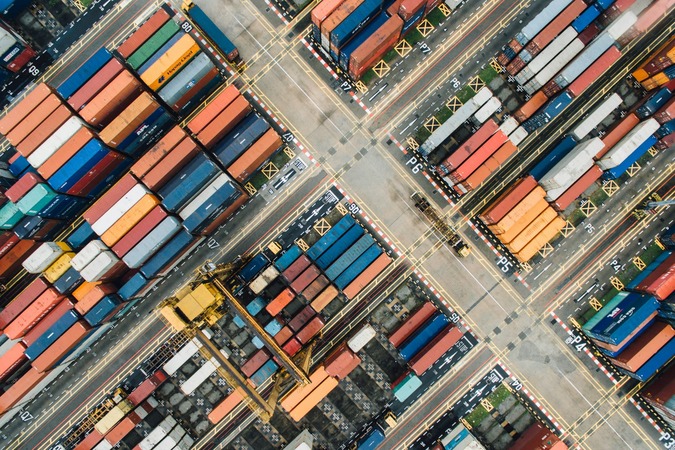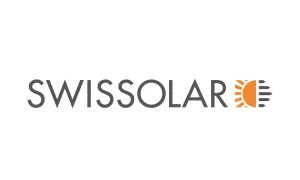The solar industry is experiencing an enormous upswing worldwide, driven by the increasing demand for clean and renewable energy. This sector is developing at a breathtaking pace, with the supply chain playing an essential role. It covers the entire spectrum from procurement and production to the distribution of solar modules and components. To fully grasp the complexity and significance of the current situation, it is essential to take a look at the history of the solar industry in both Switzerland/Europe and China. Where do we stand today, and what pioneering developments can we expect in the future? We will shed light on these and other questions in this blog post and delve deeper into the world of solar energy.
Solar in Switzerland/Europe: A Success Story
Switzerland has a long and proud tradition of utilizing solar energy, dating back to the early days of the technology. As early as the 1970s, interest in solar energy began to grow, and Switzerland played a decisive role in the development of solar technologies. The industry focused on developing high-performance solar modules and introducing innovative production processes.
In the 1990s, Switzerland increasingly shifted its focus to developing machines and production processes for manufacturing solar modules. This included the development of systems for producing silicon wafers, solar cells, and modules. In the following decades, Switzerland experienced an increase in the number of companies and research institutes specializing in the development of machinery and equipment for solar module production.
In the 2000s, Switzerland established itself as a major player in the global market for machinery and equipment for solar module production. Swiss companies like Meyer Burger exported their technologies and machines worldwide to meet the growing demand for solar energy. One of the largest investors in this area was the People’s Republic of China.
Solar in the Middle Kingdom: A Radiant Chapter

There are huge government-subsidised solar power plants in China. Here is one in Gansu province. (Image: Unsplash.com)
China has undergone remarkable development in the solar industry in recent decades and is now the world’s leading player in this field. The government in Beijing initiated targeted measures to promote solar energy early on, leading to an enormous industrial upturn in the solar energy sector in the 2000s. China began to invest heavily in developing solar technologies and building up an efficient production infrastructure. Consequently, the country quickly became the world’s largest manufacturer of solar modules and components. According to IEA reports, China has invested more than USD 50 billion in new production capacities – more than ten times as much as Europe.
Today, the Asian giant exports its products to many countries around the world. Chinese companies like JinkoSolar, Trina Solar, and JA Solar are among the largest solar module manufacturers globally. Simultaneously, the country continues to invest heavily in researching and developing new solar technologies. Government support, enormous expansion of production capacities, and technological innovations have made China by far the largest supplier in the industry.
Current Trends in Solar Energy: Status Today
China remains the world’s undisputed largest producer of solar modules, with a current market share of over 80%, steadily rising. Thanks to decades of investment and extensive experience, Chinese solar products generally match the quality of European or American products, often setting market-leading standards.
However, China’s influence extends beyond production figures. The country’s massive investments significantly contributed to drastically reducing the cost of photovoltaics worldwide. Without these efforts, the price of a solar installation in Europe would be considerably higher.
The People’s Republic of China is home to the world’s ten leading suppliers of photovoltaic production systems. Even the largest manufacturers outside Asia, such as First Solar or Canadian Solar, produce a significant portion or even all of their solar modules in Asia.
For instance, in Germany, 87% of imported photovoltaic systems came from China in 2022.
Source: destatis
This fact emphasizes China’s central role in the global solar energy industry and promises exciting developments for the future.
Looking to the Future: Development of Solar Technology

China is the biggest supplier in many sectors. Here a container port in Singapore. (Image: Unsplash.com)
The current outlook suggests no change in this trend: by next year, the rest of the world will be almost entirely dependent on China for solar module production. According to IEA reports, China’s share of global polysilicon, ingot, and wafer production will rise to almost 95%.
As mentioned earlier, this monopoly position significantly contributes to the price competitiveness of today’s solar modules. However, such an exceptionally high concentration in the global supply chain also creates significant potential risks. A solar module “made in the EU” or “made in Switzerland” is just as dependent on a functioning supply chain from China as fully imported solar modules. This is an issue that governments in Europe, America, and the rest of Asia need to address.
SunStyle Situation
Until a few years ago, SunStyle produced its solar modules in France. As financial incentives, tax breaks, and other forms of support within the EU steadily declined or were eliminated, potential alternatives had to be sought. During this time, Chinese manufacturers emerged as the leading providers in terms of quantity and quality. For the reasons outlined here, relocating solar module production to China was an ideal solution.
Given the expansion into North America and Australia, globalization of module production was a sensible step. If module production had remained in Europe, it would have had significant impacts on logistics, production costs, and the carbon footprint of each module. For instance, a solar module whose components are first transported from China to Europe and then delivered as a finished product to Australia would have a larger carbon footprint due to the additional transport routes than a module delivered directly from China.
Conclusion
The solar industry’s supply chain plays a central role in the global rise of solar energy. From its beginnings in Switzerland and Europe to China’s shining pioneer status, the industry has developed dynamically.
The future of solar energy depends on reducing dependence on individual regions in the supply chain while increasing efforts in research and development and sustainable global cooperation.
Overall, the evolution of the solar supply chain demonstrates the importance and complexity of a sector critical to the future of energy and climate change. It is now up to governments, businesses, and research organizations to work together to find solutions to ensure a sustainable and resilient solar energy supply.
For more information about SunStyle’s solar roof, visit sunstyle.com
Power your interest in the future of solar roofing by following us:
Instagram @sunstyle_solar
Facebook @sunstylesolar
LinkedIn linkedin.com/company/sunstylesolar
Youtube @youtube channel


